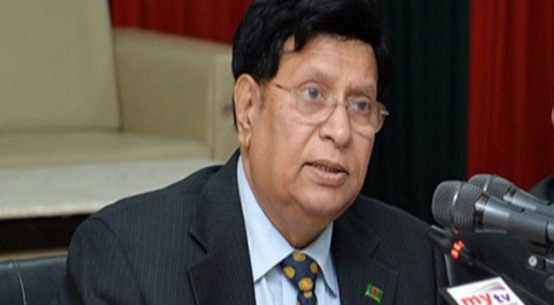China test-fired an intercontinental ballistic missile into the Pacific Ocean on Wednesday.
The ICBM carried a dummy warhead and fell into a designated area of the sea, the Defense Ministrysaid in a statement.
The launch by the People’s Liberation Army was part of routine annual training.
It said the launch complied with international law and was not directed against any country or target.
It is unclear how often China conducts tests over such a distance. In 1980, China launched an ICBM into the South Pacific.
A map published in Chinese newspapers at the time showed the target area as roughly a circle in the center of a ring formed by the Solomon Islands, Nauru, the Gilbert Islands, Tuvalu, western Samoa, Fiji and the New Hebrides.
The U.S. and non-governmental organizations have said China has been building up its missile silos, but it’s unclear how many missiles and nuclear warheads it has added to its arsenal.
The People’s Liberation Army, which functions as the ruling Communist Party’s military wing, runs China’s space program, which has established an orbital station and has ambitions to set up a Moon base and land a spacecraft on Mars.
Rocketry has long been part of China’s development into a major global power, spurring nationalism and growth that has made China the world’s second-largest economy.
The U.S. remains China’s main global rival, although Japan, Taiwan, the Philippines and others have territorial disputes with Beijing that occasionally threaten to develop into military clashes.
China maintains a “no first use” of nuclear weapons policy, even as its desire for regional predominance grows.
The ICBM, carrying a dummy warhead, was launched by the People’s Liberation Army Rocket Force at 08:44 a.m. Beijing time (0044 GMT) on Wednesday and “fell into expected sea areas,” the Chinese defence ministry said in a statement, adding it was a “routine arrangement in our annual training plan” and not directed at any country or target.
China “informed the countries concerned in advance,” according to a separate Xinhua report, which did not clarify the path of the missile or where exactly in the “high seas of the Pacific Ocean” it fell.
The launch “effectively tested the performance of weapons and equipment and the training level of the troops, and achieved the expected goal,” Xinhua reported.
The PLA Rocket Force, which oversees the country’s conventional and nuclear missiles, has been tasked with modernising China’s nuclear forces to deter developments such as improved U.S. missile defences, better surveillance capabilities, and strengthened alliances.
Some analysts, however, argue the speed of China’s nuclear build-up goes beyond a credible minimum deterrence.
Beijing says it adheres to a “no first use” policy.
The Chinese military has emphasised that the Central Military Commission, headed by President Xi Jinping, is the only nuclear command authority.
China, which has been frequently criticised by the U.S. for the opacity of its nuclear build-up, scrapped nuclear talks with Washington in July over U.S. arms sales to Taiwan.
China has more than 500 operational nuclear warheads in its arsenal, of which approximately 350 are ICBMs, and will probably have over 1,000 warheads by 2030, the Pentagon estimated last year. China’s military is constructing hundreds of secret silos for land-based ICBMs, the Pentagon said in the report.
That compares to 1,770 and 1,710 operational warheads deployed by the U.S. and Russia, respectively. The Pentagon said that by 2030, much of Beijing’s weapons will likely be held at higher readiness levels.
Democratically governed Taiwan, which China claims as its own territory, has complained of increased Chinese military activities around the island in the past five years.
Taiwan’s defence ministry said on Wednesday it had detected 23 Chinese military aircraft, including J-16 fighters and drones, operating around Taiwan carrying out long-range missions to the southeast and east of the island.
The ministry added it had also recently detected “intensive” Chinese missile firing and other drills, though it did not give details of where that took place.
Taiwan has dispatched its own air and naval forces to keep watch, the ministry said.


